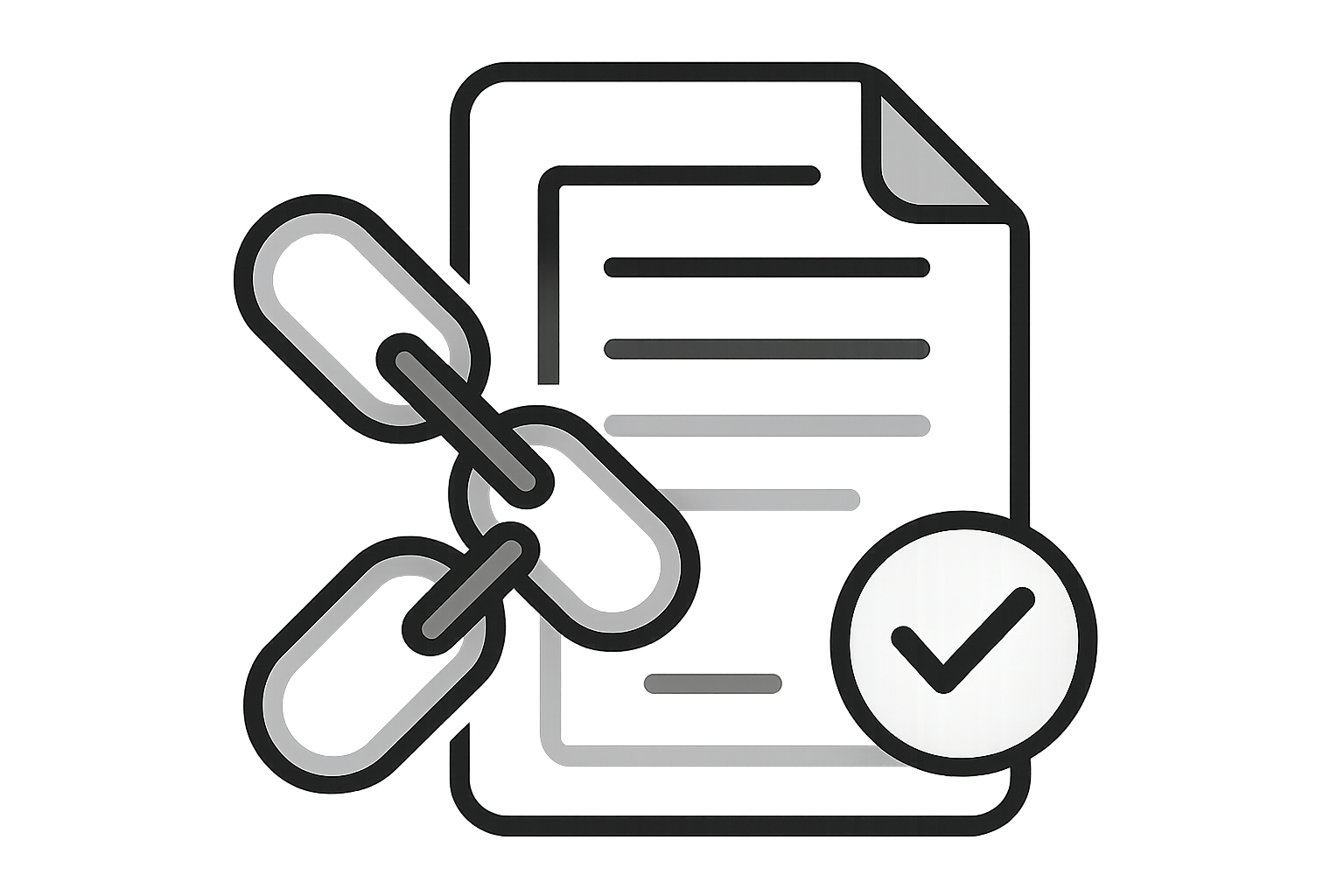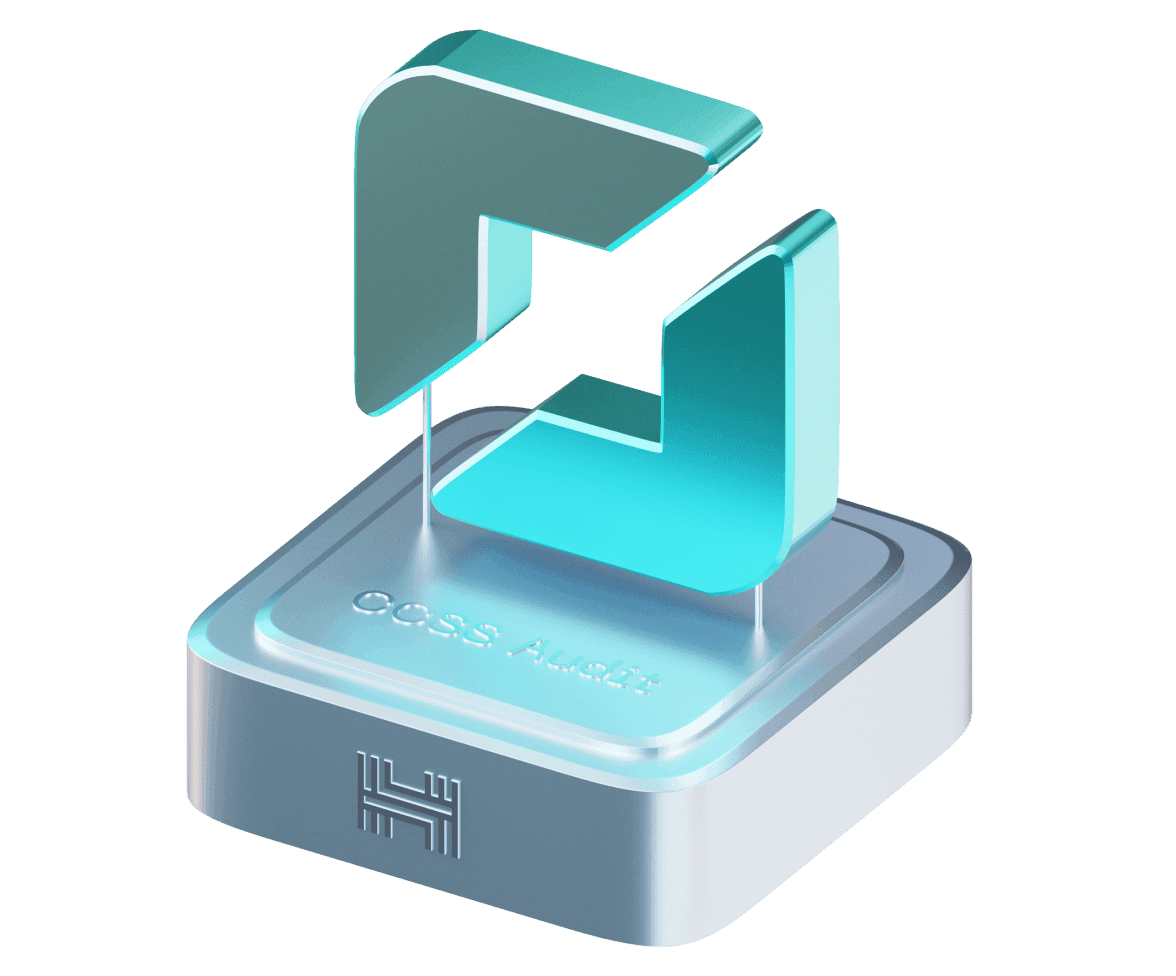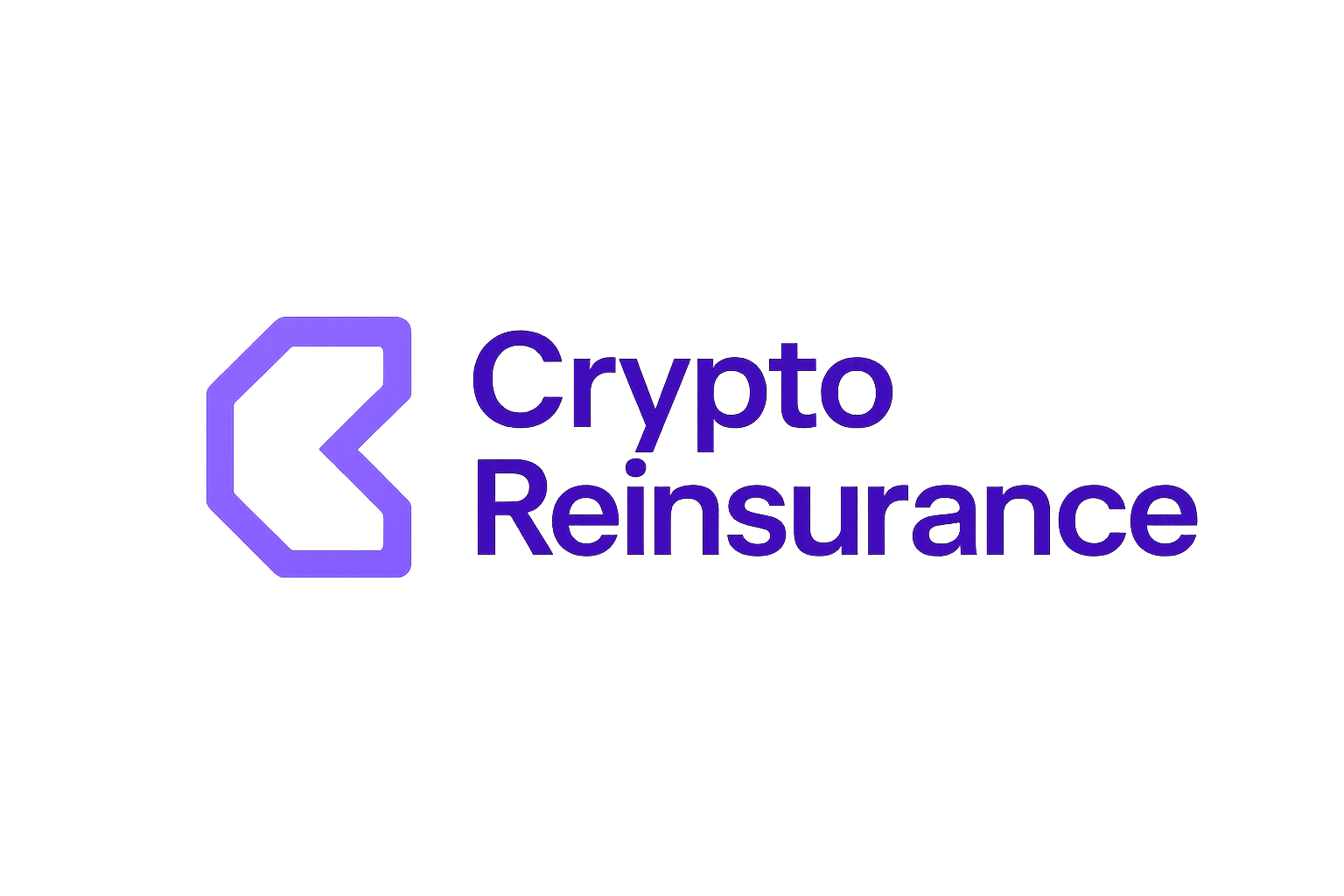
Blockchain smart contracts are rapidly reshaping the landscape of reinsurance settlements, introducing a level of automation, transparency, and trust that was previously unattainable in legacy systems. As the reinsurance sector grapples with operational inefficiencies and settlement delays, on-chain solutions are emerging as a pragmatic answer, creating a paradigm shift for both traditional insurers and crypto-native players.

From Manual Bottlenecks to Automated Settlement
Historically, reinsurance settlements have been mired in manual processes. Claims verification, reconciliation of records, and multi-party approvals can stretch settlement cycles from weeks to months. This not only ties up capital but also increases the risk of disputes and errors. Enter blockchain smart contracts: self-executing protocols that automate settlements based on pre-agreed conditions. Once a triggering event occurs, such as a weather index threshold being breached in a parametric cover, the smart contract instantly initiates payment without human intervention.
This automation is not theoretical. The Blockchain Insurance Industry Initiative (B3i) has already demonstrated the binding of a full reinsurance contract on-chain, highlighting the feasibility of real-world implementation. Industry leaders like Genesis Global RE and Swiss Re are actively exploring blockchain-powered solutions to accelerate settlements and improve liquidity for reinsurers. The outcome is clear: faster payouts and enhanced operational efficiency.
Transparency and Trust: The New Standard
One of the most profound impacts of on-chain reinsurance settlements is the creation of a single source of truth. All parties, cedents, reinsurers, retrocessionaires, access an immutable ledger where contract terms and claims events are visible in real time. This shared visibility reduces the potential for disputes and builds trust across the risk transfer chain. As noted by industry sources like Norton Rose Fulbright and Consensys, blockchain eliminates the opacity that has long plagued insurance markets.
Transparency is not just about visibility; it’s about accountability. When every transaction and update is logged immutably, audit trails become tamper-proof. This is particularly valuable in markets where regulatory compliance and reporting are paramount. For reinsurers juggling complex portfolios and multiple counterparties, blockchain’s transparency transforms governance from a headache into an asset.
Unlocking Real-Time Data Sharing and Smarter Risk Management
The ability to share data instantly and securely between insurers and reinsurers is arguably one of blockchain’s most underrated advantages. Traditional data silos hinder efficient risk assessment and slow down underwriting processes. Blockchain enables seamless data synchronization across all parties involved in a contract. This facilitates more accurate pricing, dynamic risk modeling, and real-time monitoring of exposures, a quantum leap from static spreadsheets and email chains.
As highlighted by recent research from ScienceDirect and Lenderdock, the reduction in operational costs related to claim verification and record-keeping can be substantial. In an industry where margins are tight and competition fierce, these savings are not trivial, they’re transformative.
The shift toward on-chain reinsurance settlements is not without its challenges. The nuanced interpretation required for some complex contracts can exceed the current capabilities of smart contracts. Moreover, the lack of universal standards means interoperability remains an ongoing hurdle. Yet the momentum behind blockchain reinsurance automation is undeniable, and the ecosystem continues to evolve as new solutions emerge.
To truly appreciate the scale of change, it’s worth examining what on-chain reinsurance automation delivers beyond the headlines. Immediate claims settlement is just the tip of the iceberg. Smart contracts can be programmed to handle premium calculations, commission payments, and even retrocession layers, all without manual intervention. This level of automation streamlines cash flows and frees up capital, allowing reinsurers to deploy resources more efficiently across their portfolios.
Top 5 Benefits of Blockchain Smart Contracts in Reinsurance
-

Automated Claims Processing: Smart contracts execute claims automatically when predefined conditions are met, reducing manual intervention and expediting settlements. This automation minimizes errors and accelerates payouts for reinsurers and insurers.
-

Enhanced Transparency and Trust: All parties access a single, immutable version of reinsurance contracts on the blockchain, ensuring transparency and reducing the risk of disputes over terms or settlements.
-

Real-Time Data Sharing: Blockchain enables secure, real-time data sharing between insurers and reinsurers, streamlining underwriting and improving risk assessment for all stakeholders.
-

Reduced Administrative Costs: By automating settlement processes and record-keeping, smart contracts lower operational costs associated with claim verification and contract management.
-

Improved Security and Auditability: Blockchain’s tamper-evident ledger ensures that all transactions and settlements are securely recorded and easily auditable, enhancing regulatory compliance and data integrity.
On the risk management front, real-time data sharing enables a more dynamic response to emerging threats. For example, when catastrophe data or market conditions shift, parties can instantly see their exposure and rebalance positions. This is a significant leap forward from waiting for quarterly reports or manual reconciliations. The result is a more resilient and adaptive reinsurance market, one that can respond to volatility with speed and precision.
However, no innovation is without its growing pains. The complexity of bespoke reinsurance contracts often requires legal interpretation and negotiation, which can limit the scope of what smart contracts can automate today. There are also regulatory considerations: while blockchain provides immutable records, differing jurisdictional requirements may slow adoption. Industry initiatives like B3i are actively working to harmonize standards and develop templates that will make smart contract deployment more practical across borders.
Another critical piece is the question of trust in code. While blockchain’s transparency is a major advantage, parties must trust that smart contracts are correctly coded and free from vulnerabilities. This places a premium on robust auditing and collaboration between underwriters, technologists, and legal experts. The industry is responding with new frameworks for smart contract validation and third-party code audits, aiming to close the trust gap between code and contract intent.
Where Does On-Chain Reinsurance Go Next?
The future is not just about faster settlements; it’s about fundamentally reimagining how risk is transferred and managed. With tokenized reinsurance contracts and on-chain collateral management now in development, we’re moving toward a world where risk capital can flow as freely as data. This opens the door to new forms of participation, including crypto-native investors and decentralized risk pools.
For those seeking deeper technical insights or practical implementation strategies, our guides on how blockchain smart contracts transform reinsurance settlements and on-chain collateral management provide actionable frameworks. As adoption accelerates, staying informed and adaptable will be key for insurers, reinsurers, and investors alike.
Ultimately, the transformation underway is less about technology for its own sake and more about creating a reinsurance ecosystem that is faster, fairer, and more resilient. Blockchain smart contracts are not a silver bullet, but they are rapidly becoming an essential tool for any player serious about competing in the next era of global risk transfer.






